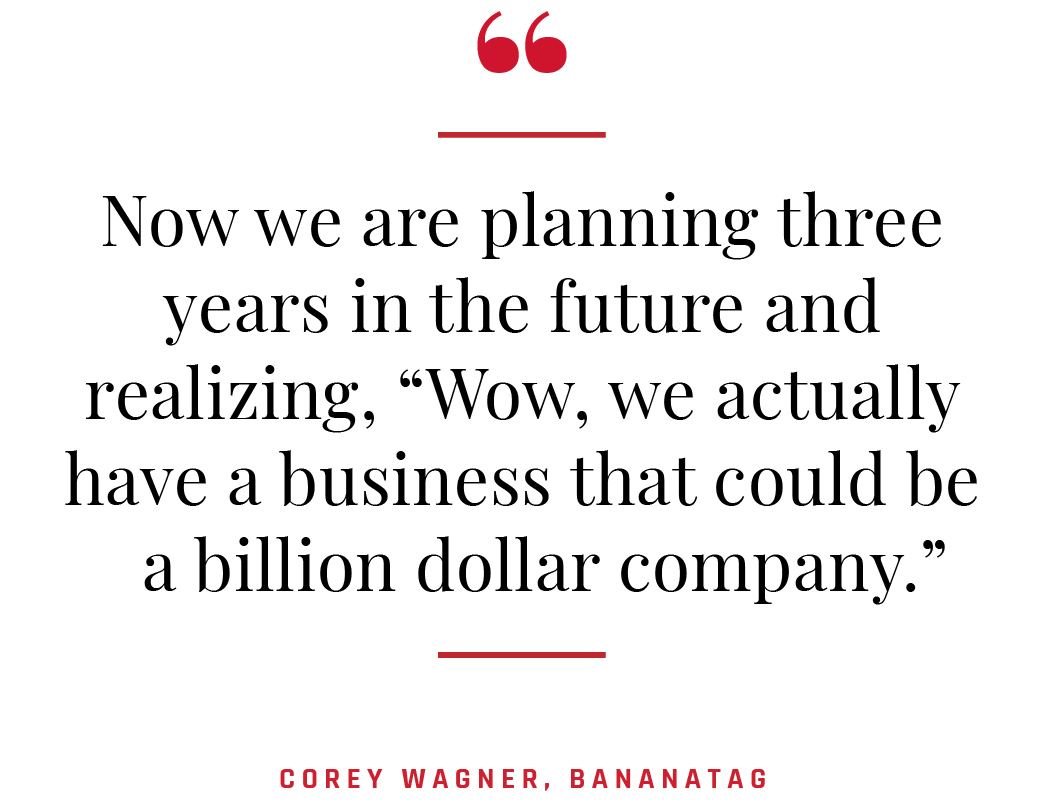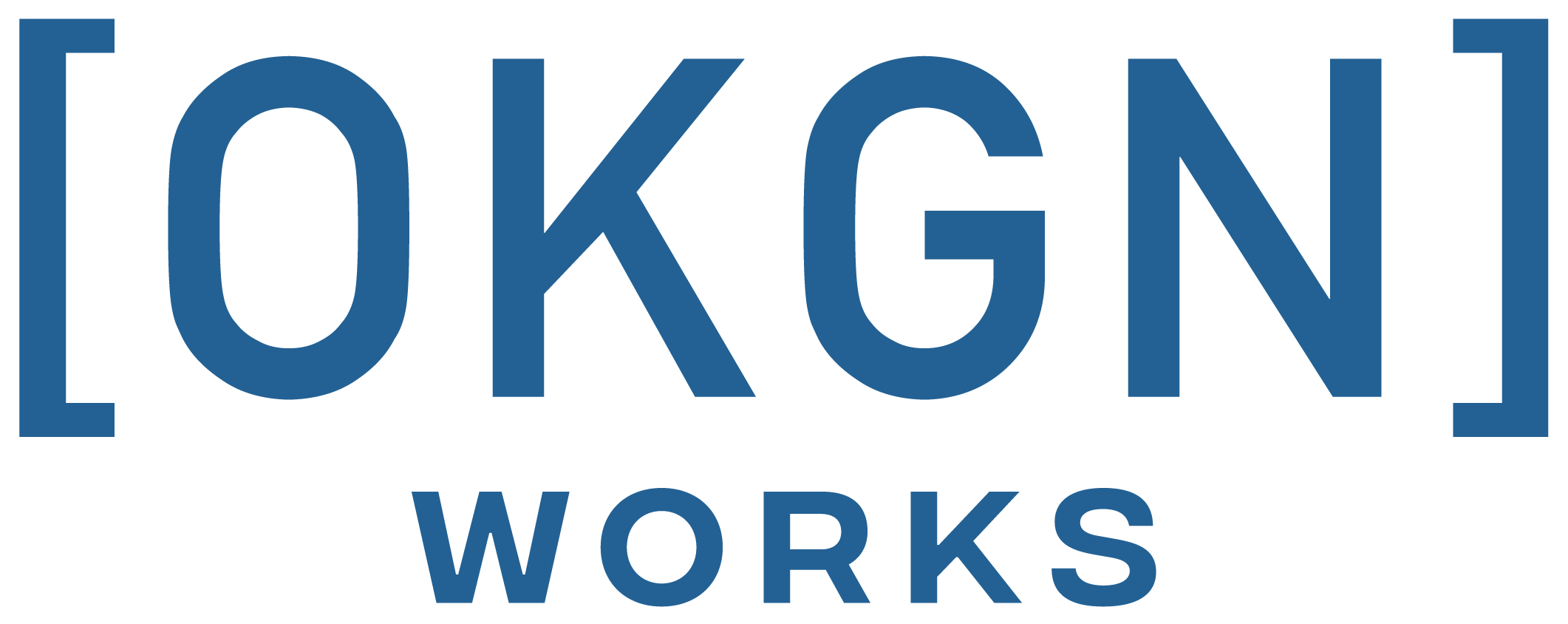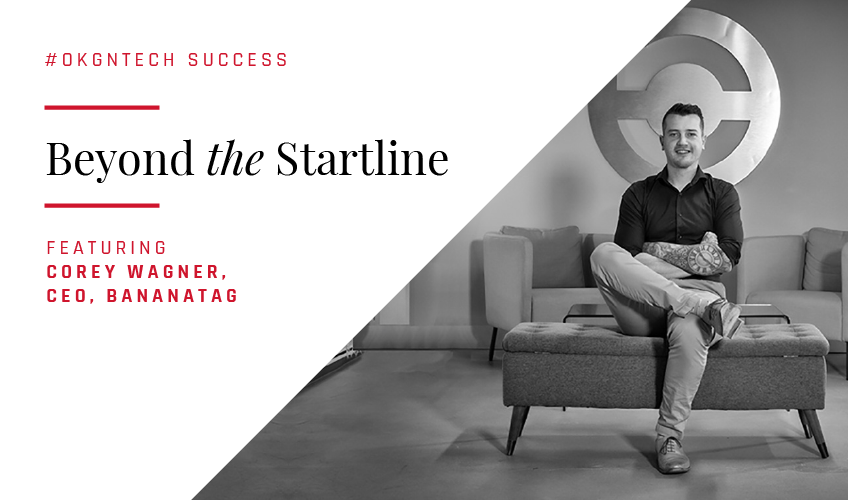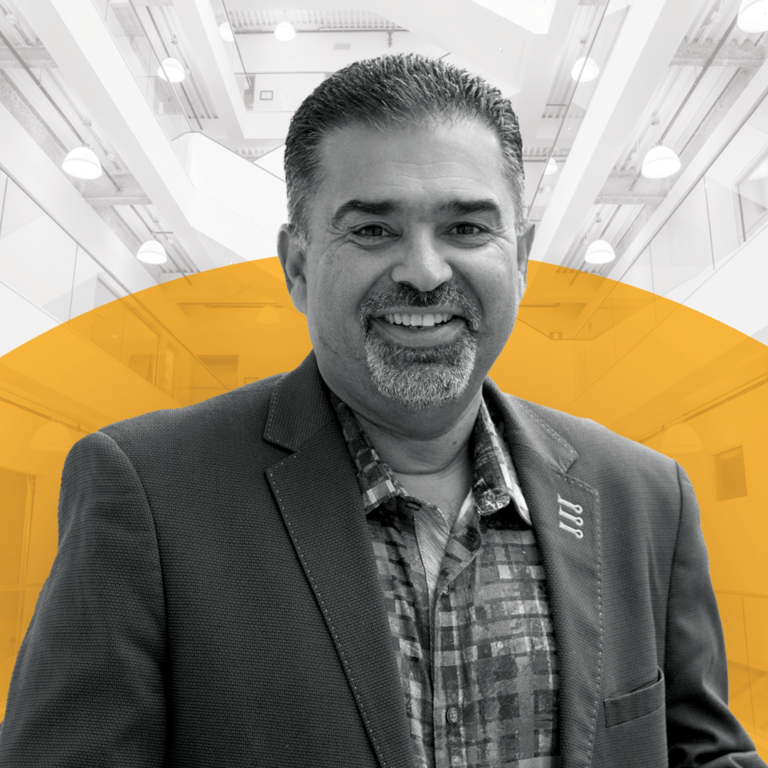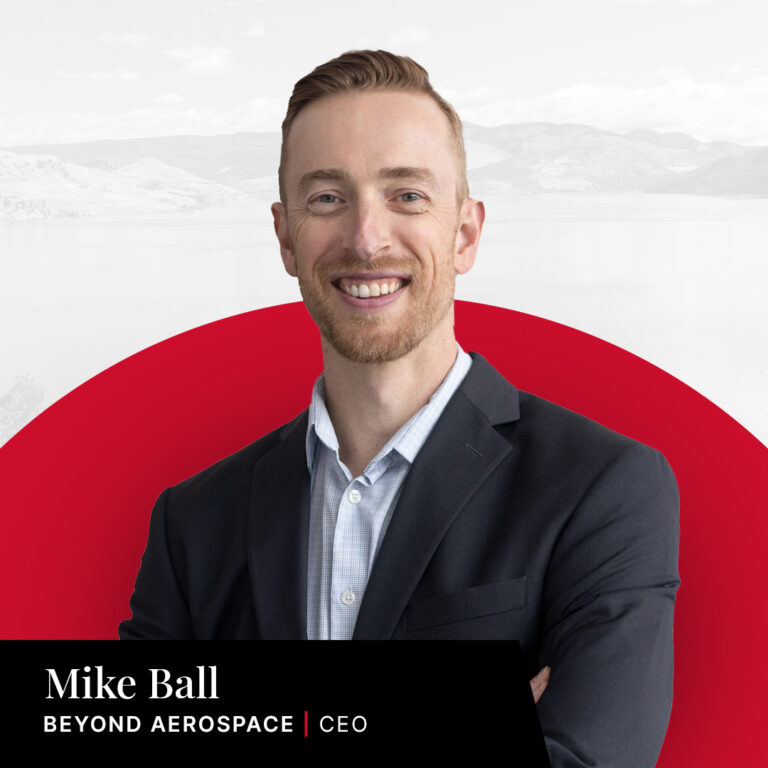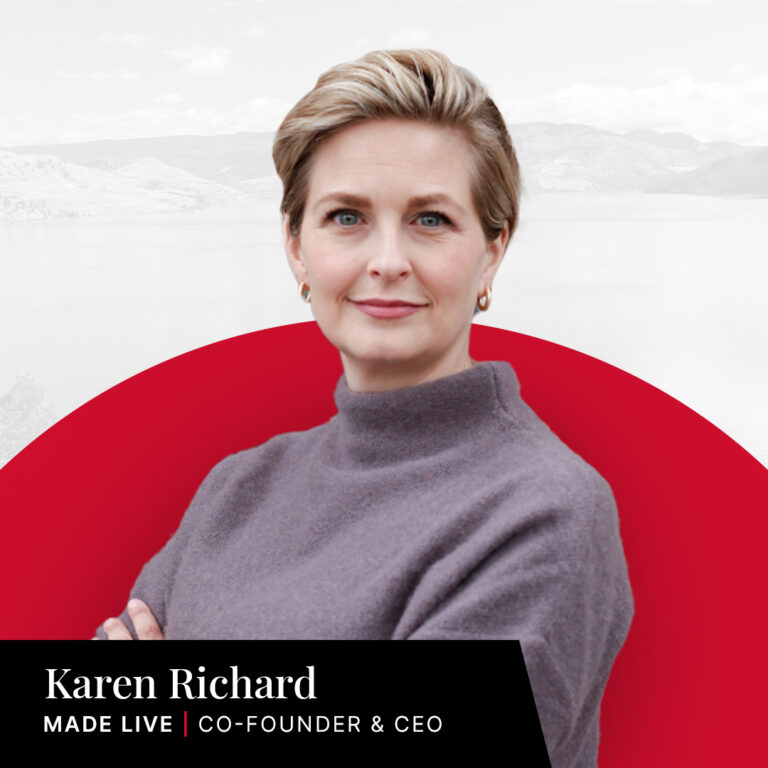
Bananatag is a Kelowna-based tech company that helps its clients track and measure email communications so you can easily keep tabs on what happens to your emails after you press send. Working with Fortune 500 companies all over the world, they are continually inventing new ways to evolve. We recently caught up with their CEO, Corey Wagner to learn more about how he manages a company in such high growth and what he thinks is the secret to their success.
Q. Where are you from and what inspired you to start your entrepreneurial journey?
I grew up in Kelowna and I always thought I wanted to be a doctor so when I finished high school, I enrolled in sciences at Okanagan University College. Halfway through the summer, I realized I didn’t want to be a doctor, so I took two years of arts courses and then decided I was going to drop out. At around the same time I got a phone call from a friend of my brothers. He was going to Africa to work with an IGO and do some good things. I was 22 years old, I had already decided I was dropping out, and I knew I was going to have some time on my hands so I decided to join him.
For the next three years, I met amazing people, saw some really cool places, and helped to set up a bottled water business. It was learning how to start this bottled water business made me realize I was passionate about starting businesses and being an entrepreneur.

Q. What did your experience in Africa teach you about the entrepreneurial journey?
Learning how to just figure things out was a big one. When I first got to Africa, I didn’t know anything about bottling water, I just had to figure it out. Once I had figured it out, I had to learn to coordinate all the pieces and all the people. I learned a lot about managing people during that project. I had to learn what makes different people tick and then also how to build a team. When I finally came back to Kelowna, I had a different perspective about everything. I had changed as a person and my skill set had grown. That’s when I started working with my Dad for his wireless electronic business.
Q. How do you go from working for your Dad’s business to being the CEO of Bananatag?
Great question! I was working in sales for my Dad’s company and I was looking for more transparency around the emails we were sending. Were people getting the emails? Were they opening them? Reading them? Watching the videos? In the sales calls we were having, these customers were asking for the information. You know, “Hey! can you send us this information or can you send us a video about the product?”. We would do follow-up calls but we had no idea whether or not they had watched or read what we had sent.
It is one thing to send 10,000 emails but what I really wanted was a metric for one-to-one email engagement. There was a gap here and we thought “Hey – what if we can build this?”. So we did.
We built it and then we tested it out and what we got back was just incredible data. We were amazed at what was happening behind the scenes that we just couldn’t see before. People weren’t replying anymore because they were getting hundreds of emails a day but now we could gauge interest in a new way. We were able to revive leads we would have otherwise thought were dead.
We built the Bananatag software to solve an existing problem in my Dad’s business. It was only after we experienced the effectiveness of the tool that we realized “Hey this could be an actual business!”



Q. What is Bananatag all about? What is the problem you are solving?
Today Bananatag helps internal communicators create emails using Outlook or Google Apps, with embed surveys so they can get feedback from their employees and really just communicate better with each other.
What we aren’t doing is trying to get people creating MORE email—we actually want to encourage LESS email. Most companies send way too many emails to way too many people and the relevant information is not being shared effectively. Customers who use our tool effectively, are getting metrics they can use to curate information that is a lot more useful for their employees. They are also able to amalgamate content from multiple emails into one newsletter.
I mean, if you think about the number of emails that you get in a day or that I get in a day, I don’t read half of them, but if something comes into my inbox that’s interesting and relevant, I’ll read it. Being able to track and measure so you can send emails to the right groups at the right frequency is just really important in terms of getting actual engagement with your email.

Q. How did you grow Bananatag from ‘Hey, this is a good idea’ to where you are today?
We launched Bananatag in August of 2012 with three co-founders. It wasn’t until 2014 that we really started to add people. We now work with over 70 of the Fortune 500 and we have 500 customers in 1000+ employees plus range throughout the world, so Asia, Europe, Aus, Canada, US. We have basically people in every continent around the world.
Although we started out as a sales tool to help sales teams find and track their emails, it wasn’t long before we had a few clients come to us and say “hey, can we use this for internal communications too?”. We quickly realized this sales tool we had created also worked really well for tracking internal communications. The information this tool is able to pull for an organization’s leadership gives companies metrics and insights around what works and what doesn’t and what employees are actually interested in.
Breaking into the internal communications side of things was a real game-changer for us on both a business and personal level. Not only were we supporting the sales teams within an organization, but we were also helping leadership teams communicate with their employees, drive culture, create awareness. These are things that spoke to us a lot more as founders and something that we got really excited about.

Q. What were some of the most pivotal moments and biggest hurdles you faced both starting and growing Bananatag into the business it is today?
In the really early days I was still working at home or out of my Dad’s office and Jeff Keen, the CEO of Accelerate Okanagan at the time, kept hounding me to come into their shared space full time. I remember him saying “Hey, if you guys are serious, come to the office and actually jump into this!”. Once we were in that environment we kept uncovering opportunities and making new connections. We were still self-funding the business at that time by working extra jobs so learning about funding opportunities with partners like NRC-IRAP had a huge impact on the business.
It wasn’t until we took a trip down to Boulder, Colorado to explore the tech industry down there that we realized big things were happening in our space outside of Silicon Valley. I remember thinking “Hey, what we are thinking about and what we are trying to do isn’t actually that crazy!’. We just got a real sense of scale and what was possible.
After that, we started working with a mentor through Accelerate Okanagan and it was a great kick in the pants! There were a lot of hard questions like, “Hey why aren’t you guys hiring people when you have revenue and you have money?” and “Why are you trying to do all the different jobs yourself?”. It was another ah-ha moment. We didn’t hire people for a really long time even though we had cash in the bank to do it. Once we started hiring people we were able to really scale the business.

Q. Are there specific areas of your business that were more of a challenge than others during big phases of growth?
The sales side of things was a big pain point for us. You know, really being able to say with accuracy that this deal is definitely going to close and is going to close this month was a problem. Back in the early days, we kind of just hoped we would hit our numbers. The RevUP program was a great opportunity to work with a mentor and focus on our sales process.
That forecasting accuracy was a huge piece and it took a lot of work with one of our mentors working with me and our sales team. We created a system to help us figure out what we needed to look for and what steps we needed to be in place before we know how to accurately forecast what accounts were going to close.
The impact that this had on our business was huge. Now I can rely on the fact that we are definitely going to hit our numbers and that means I can actually make business decisions with that in mind. When I didn’t know or when I thought we might have a gap of $50,000 dollars, that was multiple hires that I was unsure about making. Having a forecasting process and really trusting the numbers has had a huge impact on our business and is one of the reasons we are where we are today.
Q. What do you think the future holds for Bananatag? What does success look like for you?
When we first started we had the lofty goal of building a $10 million dollar company one day. At the time, that was a BIG dream and we thought we were really shooting for the stars. We heard about people building billion dollar companies but that just sounded crazy! Since then, the team has gotten bigger. We’ve gone from 40 people to almost 80 people and we are projected to be at over 100 people in the next year so our goals definitely have changed quite a bit.
Now we are planning three years in the future and realizing, “Wow, we actually have a business that could be a billion dollar company”. This is something we never set out to do, but just growing the team, growing the company and concentrating on what we need to grow has helped us see that we actually could do that now and that’s really cool.
Want to learn more about Corey and the Bananatag Team? Read more. Watch the video.
